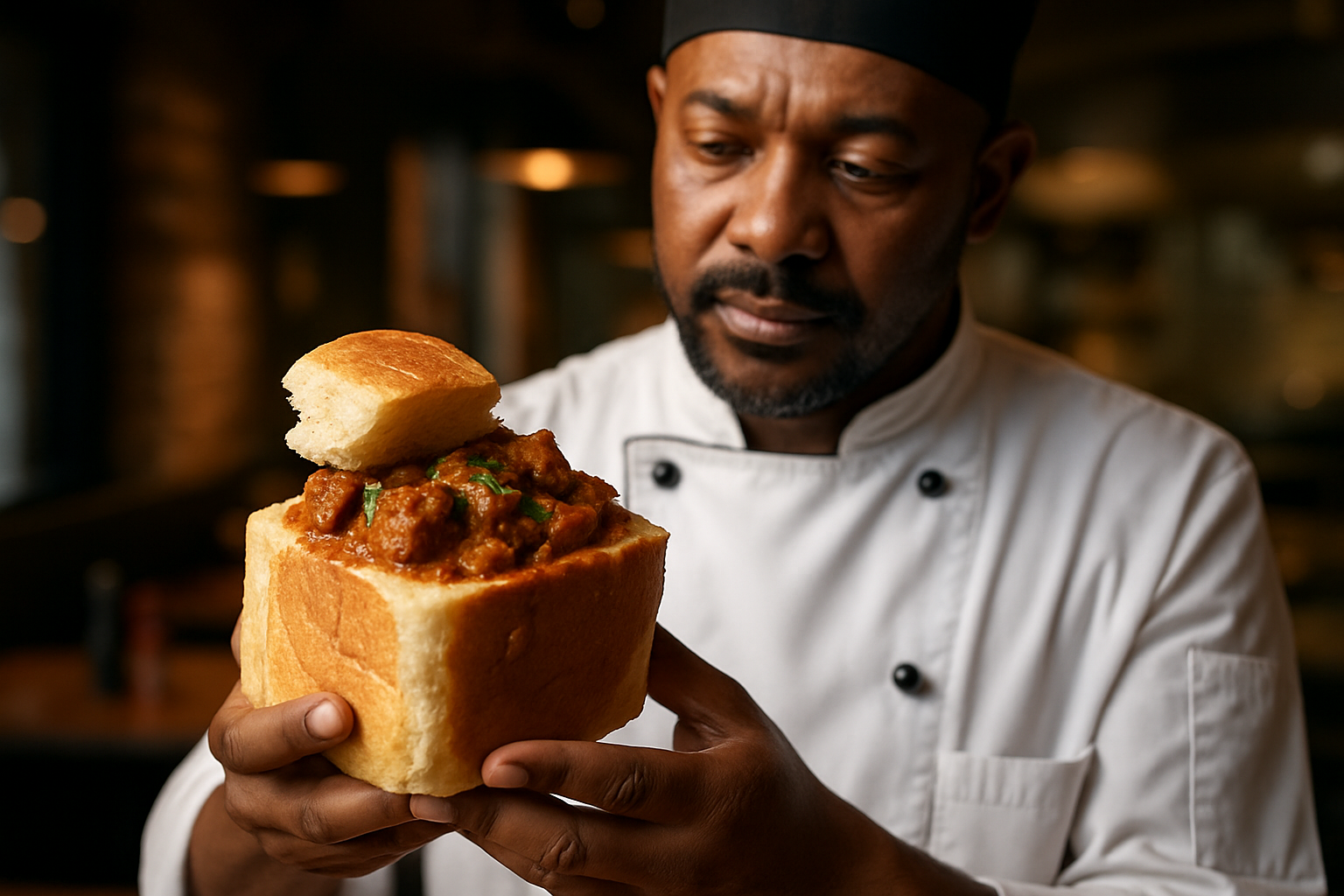Exploring the World Through Culinary Time Travel
Embark on a gastronomic journey that transcends both space and time. Culinary time travel, an emerging trend in experiential tourism, offers adventurous globetrotters the chance to taste history, explore cultural evolution, and savor authenticity through meticulously recreated historical meals. This innovative approach to travel combines the thrill of discovery with the comfort of familiar flavors, providing a unique lens through which to view the world's diverse cultures and histories.

From Academia to Tourism
The transition from academic study to tourism attraction occurred gradually over the past two decades. Pioneering establishments in Europe, particularly in countries with rich culinary histories like France and Italy, began offering historical dining experiences. These early adopters focused on recreating medieval banquets or Renaissance feasts, often in conjunction with historical reenactments or within castle settings.
The Modern Culinary Time Traveler
Today’s culinary time travel experiences have expanded beyond medieval feasts to encompass a wide range of historical periods and cultures. Travelers can now find opportunities to dine like ancient Romans in Italy, experience a traditional Edo-period meal in Japan, or savor the flavors of Colonial America. These experiences often extend beyond just the food, incorporating period-appropriate settings, costumes, and even historical interpreters to create a fully immersive journey through time.
The Science and Art of Historical Recipe Recreation
At the heart of culinary time travel is the meticulous process of recipe recreation. This involves a combination of historical research, culinary expertise, and often a bit of creative interpretation. Food historians and chefs work together to decipher ancient cookbooks, analyze archaeological findings, and study historical accounts to piece together authentic recipes.
Challenges in Authenticity
One of the primary challenges in culinary time travel is balancing authenticity with modern tastes and safety standards. Many historical ingredients are no longer available or are now known to be unsafe for consumption. Chefs must find creative substitutions that maintain the spirit of the original dish while ensuring it appeals to contemporary palates. Additionally, modern cooking techniques and equipment often need to be adapted to recreate the textures and flavors achieved by historical cooking methods.
Savoring the Past: Tips for Culinary Time Travelers
-
Research the historical context of your chosen culinary era before your trip
-
Look for experiences that offer a complete immersion, including period-appropriate settings and costumes
-
Be open to unfamiliar flavors and preparation methods
-
Ask about the research and recreation process behind the dishes
-
Consider booking a guided culinary history tour for a more comprehensive experience
-
Document your journey through photos and journaling to preserve the unique experience
The Future of Culinary Time Travel
As interest in experiential and educational travel continues to grow, culinary time travel is poised to become an increasingly popular niche within the tourism industry. The intersection of food, history, and cultural exploration offers a rich tapestry of experiences for travelers seeking deeper connections with the places they visit. By allowing us to literally taste the past, culinary time travel provides a unique and memorable way to understand the world’s diverse cultures and histories, one bite at a time.





